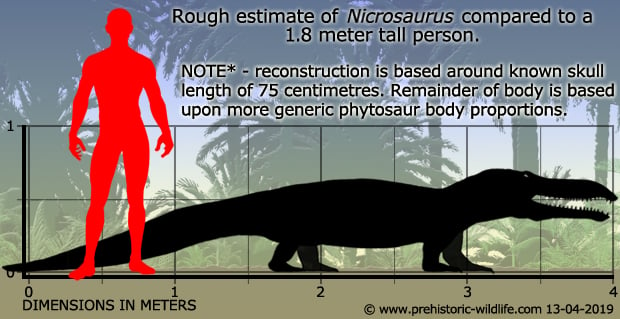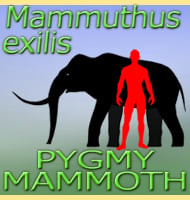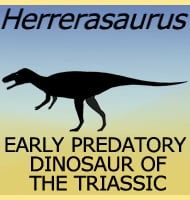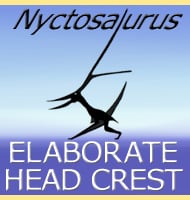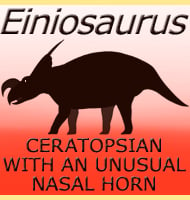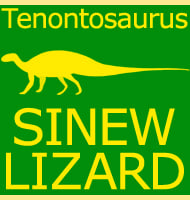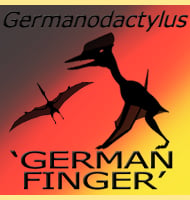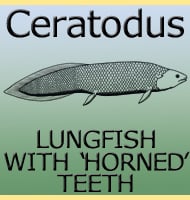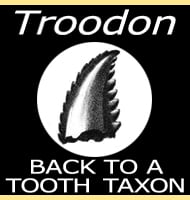In Depth
Nicrosaurus is another one of the phytosaurs, reptiles that have a striking similarity to modern crocodiles, although the position of the nostrils higher up the snout and in front of the eyes is a dead giveaway that Nicrosaurus is a phytosaur (crocodiles have their nostrils on the tips of their snouts). Nicrosaurus is today considered to be closely related to the phytosaur Mystriosuchus, and at one time these two phytosaurs were once thought to represent male and female versions of phytosaurs in general. This idea came about upon the basis that the larger snouts of phytosaurs like Nicrosaurus were display devices only upon ‘males’ and were for ‘females’ that had slender gracile snouts like those seen in Mystriosuchus. A little bit of detective work by palaeontologists has since completely discredited this theory however as the ‘female’ and ‘male’ forms are not only found separate, but are each found in strata that are from different geological periods. These are the hallmarks of different genera and species, not sexes.
An interesting discovery regarding a collection of Plateosaurus has found that some of these dinosaurs were possibly trapped in quicksand and then scavenged by wandering predators. Some of the teeth associated with this discovery were found to be those of Nicrosaurus which shows that scavenging was a part of this phytosaurs behaviour. It also brings into light the possibility of Nicrosaurus hunting and killing smaller dinosaurs that would have steadily been becoming much more common towards the end of the Triassic.
Further Reading
– Heterodonty in the European phytosaur Nicrosaurus kapffi and its implications for the taxonomic utility and functional morphology of phytosaur dentitions. – Journal of Vertebrate Paleontology – A. Hungerb�hler – 2000. – Two new phytosaur species (Archosauria, Crurotarsi) from the Upper Triassic of southwest Germany. – Neues Jahrbuch f�r Geologie und Pal�ontologie, Monatshefte 2000(8). – A. Hungerb�hler & A. P. Hunt – 2000. – The phytosaur Nicrosaurus buceros in the upper triassic of the Chama basin, north-central New Mexico. – Geological Society of America Abstracts with Programs. – K. E Zaigler, S. Lucas, A. ,Heckert & A. Hunt – 2001. – Possible secondarily terrestrial lifestyle in the European phytosaur Nicrosaurus kapfii (Late Triassic, Norian): a preliminary study. – Bulletin of the New Mexico Museum of Natural History and Science 61 – J. Kimmig – 2013.
